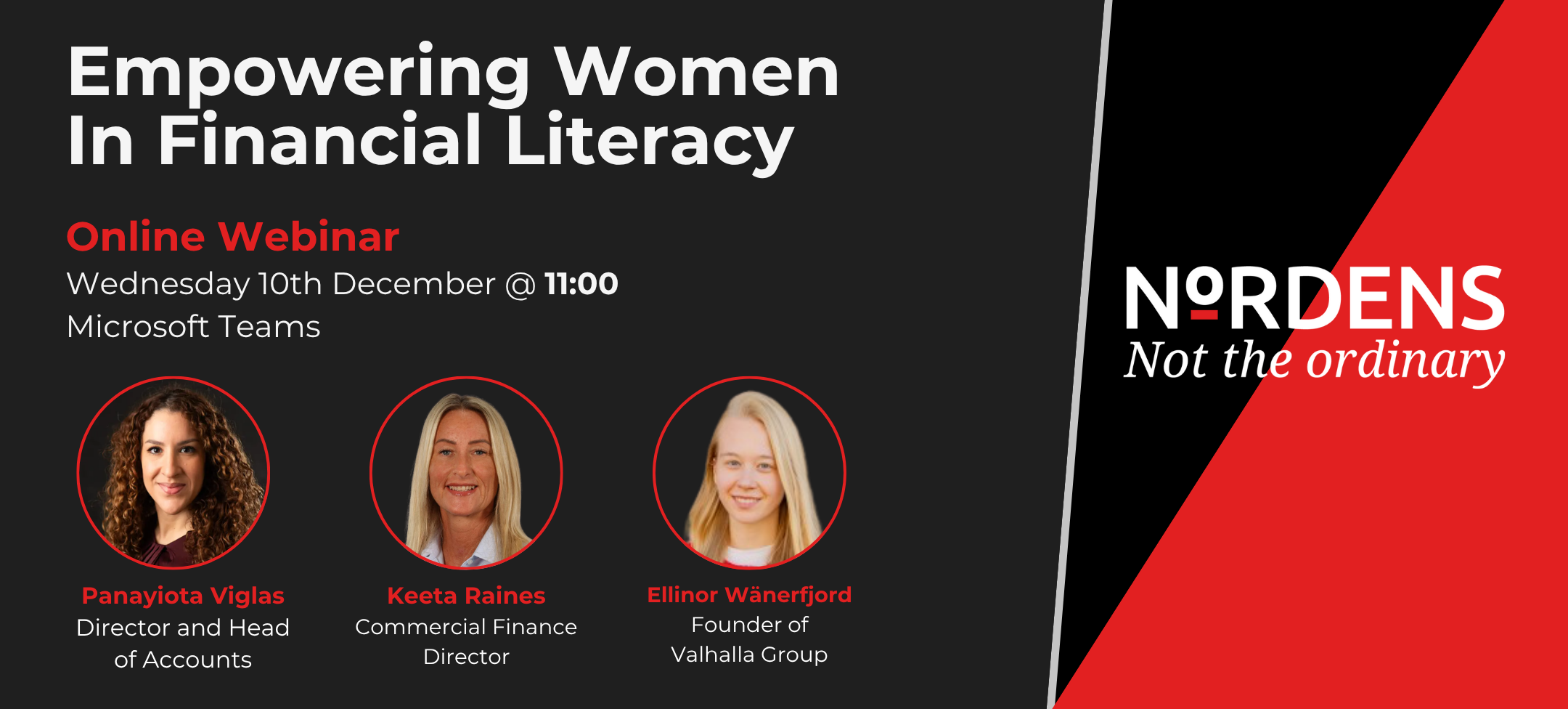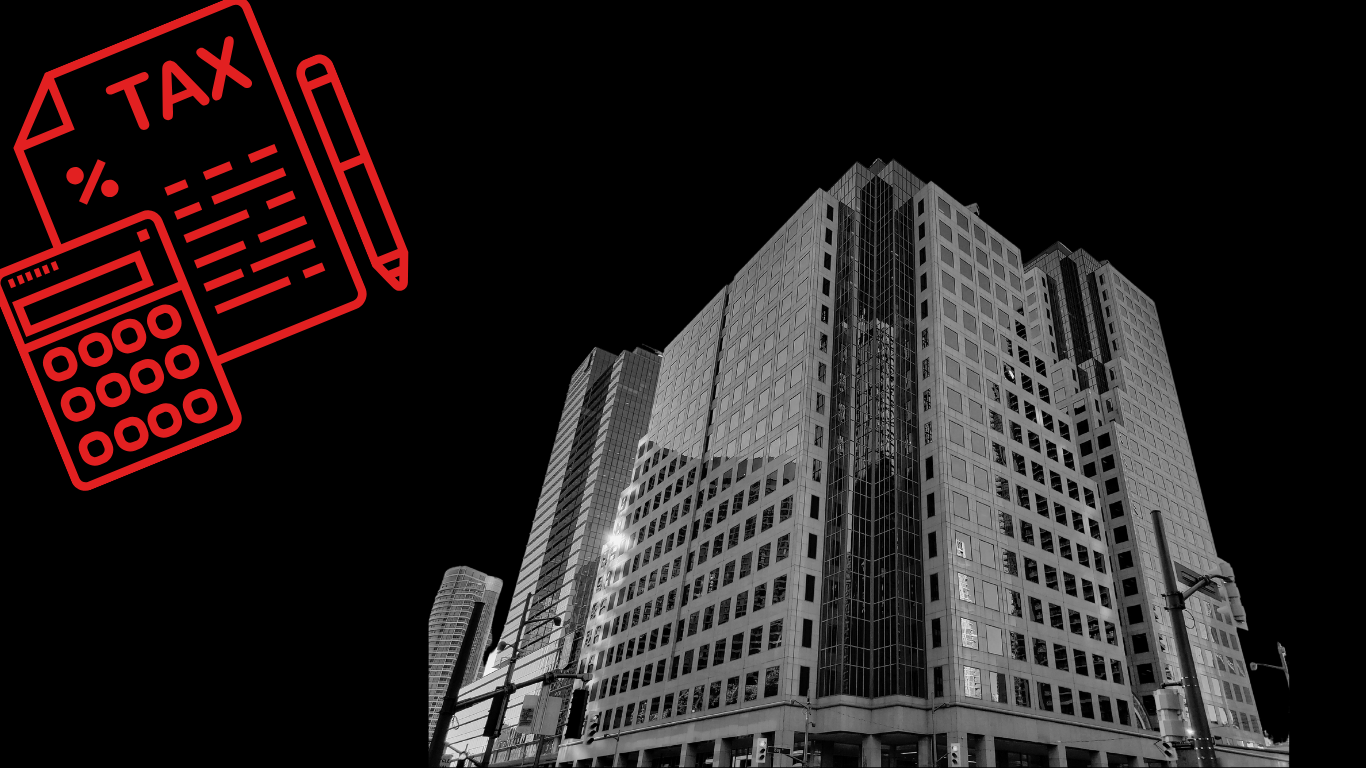As part of our ongoing R&D (Research & Development) campaign, we thought it would be wise to actually talk to our R&D expert and Nordens’ Tax Manager, Adam Truluck.
Since beginning his tenure at Nordens, Adam has been instrumental in shaping Nordens into one of the go-to R&D accountancy firms in the UK. Adam also helped to put together our R&D Eligibility Calculator, which provides an effective tool to see if you qualify for R&D. It also will tell you an indicative figure of what you can claim should you be eligible.
We spoke to Adam about the R&D application process and the challenges involved, the common pitfalls which businesses encounter when applying, and the key factors which contribute to a successful claim…
What are the key steps and challenges involved in the R&D application process in the UK, and how can companies navigate through them effectively?
One of the main challenges is actually deciding if you have an acceptable claim or not. Often it can be very black and white, but sometimes there are many grey areas where it’s unclear whether what you’re doing is driving innovation forward. It’s always best to talk to an expert or advisor within the field, such as ourselves, and we’ll be able to guide you through the process and definitely determine whether you qualify for R&D. HMRC’s guidelines can be very vague and confusing, so we take care of finding out if you have a claim or not.
Once this is determined, a major challenge is actually working out what expenses then qualify towards your R&D claim. I always advise, if you think you’re going to be attempting to claim for R&D, it’s always wise to separate your expenses out from the get go. If you use Xero or another accounting platform, make another code, and put your R&D expenses into a separate category. It then means you have all your expenses categorised and ready to be filed for the claim, instead of having to trawl through it all.
As an R&D expert at Nordens, how do Nordens support businesses during the R&D application process? What specific services or expertise does Nordens offer to assist businesses in maximising their R&D claims?
To put it bluntly, I will personally hold your hand through the entire process. From the beginning, I’ll have an in-depth discussion with you to get a thorough understanding of your business and the potential for an R&D claim. Once this has been determined, me and my team will meticulously go through all your expenses and financial statements with a fine toothcomb. We’ll identify any expenses that come under relatable materials, staffing costs, software charges, supplier fees and so forth.
We will then conduct a detailed R&D report which is submitted and checked over by HMRC. Should HMRC come back with any relative questions about the application, we’ll be in a position to respond to those questions with corresponding evidence straight away. The way I work is when I’m preparing a claim, it’s in the mindset that HMRC will scrutinise it. This way I ensure everything is detailed right down to the bone, and if HMRC do question anything, we’re prepared and done our homework.
How can businesses identify if their project qualifies for a successful R&D claim? What are the specific criteria or indicators that can help determine the eligibility of their research and development activities?
The best way to identify a claim is to determine if you’ve developed, improved, or created in a manner which innovates in your sector or field. If you’ve had to go off and research if something like this exists, and Google returns a quick answer, then unfortunately it’s not going to be an acceptable R&D claim. Alternatively, if you can’t find anything online, and you’ve spoken to experts or specialists in the field and there’s a gap there then most likely that’s going to be a successful R&D campaign.
On our site, we’ve devised a really cool R&D Eligibility Calculator which asks a series of questions to simply determine if you’re likely to be acceptable for an R&D claim. Through the information that you submit, it will also generate a rough indicative figure of what you may be able to claim. Once we then speak to you and go into more detail, we can then compute the exact figure and get the ball rolling.
What are some common mistakes or pitfalls that businesses often encounter when preparing R&D claims? How can these be avoided to ensure a smooth and successful application?
One of the biggest pitfalls I’ve seen throughout the years is not putting enough detail into the report. The report, which is submitted to HMRC details the R&D claim, the project, all expenses, and why what you’re doing is furthering innovation. Many R&D boutique firms will do a 1-2 page report with little effort and evidence going into it. In this day and age, HMRC will definitely question it and demand more information. You may have gotten away with this in the past when R&D was handed out willingly with no real checks by HMRC. Those days are over, and now you need to set out in full detail the report, what problems occurred during the process, what the outcome was etc.
To give an idea of what to aim for in a successful report, our experts usually create on average a 9-10 page document. With HMRC tightening up on fraudulent and illicit firms claiming R&D, it’s imperative to accurately outline all information in-depth. If they receive all the answers and evidence to begin with in the application, they’ll leave you alone and accept the application. This is why we do what we do at Nordens. We won’t cut around the corners, or skim over things. The more detail the better, I can’t stress this enough.
Could you provide some examples of successful R&D claims that Nordens has helped clients secure? What were the key factors that contributed to the success of those claims, and how did Nordens assist the companies in achieving their desired outcomes?
With dealing with R&D claims, you actually get to see and understand some really incredible projects and developments. One of the applications I dealt with recently was the invention of a mobile floodlight unit system for concerts and outdoor events. Questions arose such as how to correctly power it, how to make it secure etc. We had numerous discussions with the company and identified answers to all of these questions and the expenses used to build a prototype model.
Another example was a wedding planning firm that discovered there was nothing out there which compartmentalised all of the services that go into a wedding. This includes all of the ceremony planning, the venue hire, the catering, flowers, music, and everything else. Through the system they proposed, you could essentially plan your whole wedding via a streamlined online service. We had to outline exactly how they built the system, communicating with technology companies and consultants to portray everything that happened.
We also work with a lot of construction companies here at Nordens, and one of our clients came to us with an idea for a project management system. The system already existed but they wanted to improve on it in order to incorporate invoicing, chasing, tracking expenses, and staff payroll. Basically, anything needed on a construction project from start to finish, you can now do via this platform. The key factors on this one was that the actual project management system’s software code was rewritten from scratch, taking it apart and building a whole new platform.
One of the common things people believe R&D is something like building a website from scratch. This unfortunately isn’t an R&D claim, you need to demonstrate a creation or an overhaul of a system which provides innovation and endeavour in the particular field.
Get In Touch
We hope this has outlined to you the challenges involved in R&D applications, and how to identify a legitimate R&D claim. If you’d like to know any further information, or anything accounting related, please do not hesitate to get in contact with us at Nordens, where one of our trusted advisors would be happy to talk you through your query.









































































































































































































































































































































































































































































































